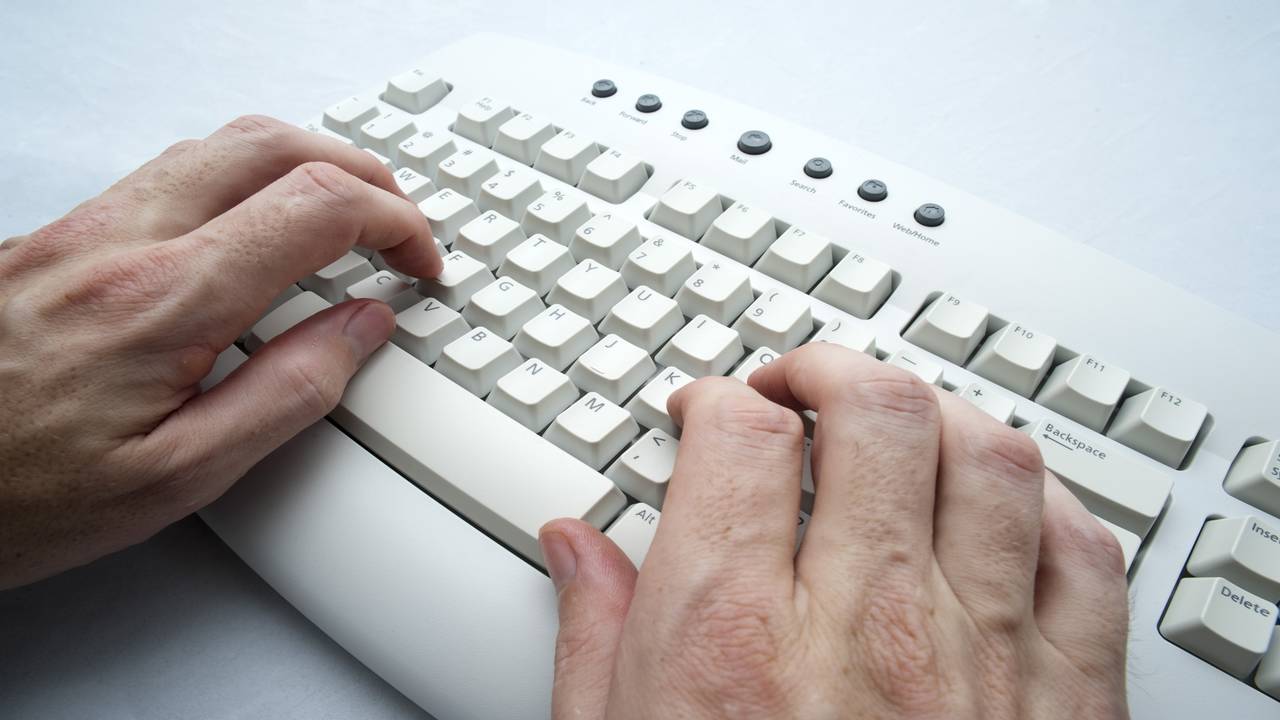When it comes to sending a reference letter, the envelope you use is just as important as the letter itself. A well-designed envelope can help ensure that your letter gets the attention it deserves. In this article, we’ll explore some reference letter envelope samples and provide tips on how to create your own.
Here’s a quick introduction to what you can expect in this article. If you need reference letter envelope samples, you’ve come to the right place. Below we’ll provide some examples, and tips on how to create your own.
Tips for Creating a Reference Letter Envelope
Before we dive into some reference letter envelope samples, here are a few tips to keep in mind when creating your own:
- Choose an appropriate envelope size
- Use high-quality paper or stationery
- Include the recipient’s name and address on the front
- Add your own return address in the upper left-hand corner
- Use a professional tone and font
- Consider adding a “confidential” stamp if appropriate
Reference Letter Envelope Samples
Academic Reference
Greeting: Dear Admissions Committee,
Letter Body: I am writing to highly recommend [Student Name] for admission to [University Name]. As [his/her] professor for two years, I have been continually impressed with [his/her] academic performance, work ethic, and intellectual curiosity. [Include specific examples].
Complimentary Close: Sincerely,
Professional Reference
Greeting: To Whom It May Concern,
Letter Body: I am writing to recommend [Employee Name] for the position of [Job Title] at [Company Name]. [He/She] is an incredibly talented and dedicated professional with a track record of success in [Industry/Field]. [Include specific examples].
Complimentary Close: Best regards,
Character Reference
Greeting: Dear Judge Smith,
Letter Body: I am writing to provide a character reference for [Defendant Name]. I have known [him/her] for [length of time] and can attest to [his/her] honesty, integrity, and good character. [Include specific examples].
Complimentary Close: Respectfully,
Graduate School Reference
Greeting: Dear Graduate Admissions Committee,
Letter Body: I am writing to highly recommend [Student Name] for admission to [Graduate Program]. I have had the pleasure of working with [him/her] for [length of time] and can attest to [his/her] exceptional academic ability, research skills, and dedication to [field of study]. [Include specific examples].
Complimentary Close: Best regards,
Recommendation for Promotion
Greeting: Dear [Manager’s Name],
Letter Body: I am writing to recommend [Employee Name] for promotion to [New Position]. [He/She] has been an integral part of our team for [length of time] and has consistently demonstrated exceptional [skill/quality]. [Include specific examples].
Complimentary Close: Sincerely,
Personal Reference
Greeting: Dear [Recipient’s Name],
Letter Body: I am writing to provide a personal reference for [Name]. I have known [him/her] for [length of time] and can attest to [his/her] kind heart, generous spirit, and unwavering loyalty to [friends/family]. [Include specific examples].
Complimentary Close: Warm regards,
Medical School Reference
Greeting: Dear Medical School Admissions Committee,
Letter Body: I am writing to highly recommend [Student Name] for admission to [Medical School]. As [his/her] professor for [length of time], I have been continually impressed with [his/her] academic performance, passion for medicine, and ability to work well under pressure. [Include specific examples].
Complimentary Close: Sincerely,
Frequently Asked Questions
What size envelope should I use for a reference letter?
It’s best to use a standard business-size envelope (4 1/8” x 9 1/2”) for reference letters. This size is appropriate for both personal and professional letters and allows for easy mailing.
Can I use a decorative envelope for a reference letter?
While it’s tempting to use a decorative envelope to make your letter stand out, it’s best to stick with a plain, professional-looking envelope. Using a decorative envelope can detract from the professionalism of the letter itself.
Is it necessary to include a stamp on the envelope?
Yes, you should always include a stamp on the envelope to ensure that your letter gets to its destination in a timely manner. If you’re sending a confidential letter, consider using a “confidential” stamp as well.
Should I include my own return address on the envelope?
Yes, it’s important to include your own return address on the envelope in case there are any delivery issues. Place your return address in the upper left-hand corner of the envelope.
Can I use a handwritten envelope for a reference letter?
While it’s possible to use a handwritten envelope, it’s best to use a printed one to give your letter a professional appearance. If you must use a handwritten envelope, make sure your handwriting is clear and easy to read.
What kind of paper should I use for my reference letter?
For a professional-looking letter, it’s best to use high-quality paper or stationery. Choose a paper that is sturdy and doesn’t bleed through easily. White or off-white paper is appropriate for most letters.
Conclusion
With these reference letter envelope samples and tips in mind, you should be well on your way to creating a professional-looking envelope that will make your reference letter stand out. Remember to choose an appropriate envelope size, use high-quality paper, and include both the recipient’s address and your own return address on the envelope. With a little attention to detail, you can create an envelope that will help ensure your letter gets the attention it deserves.
